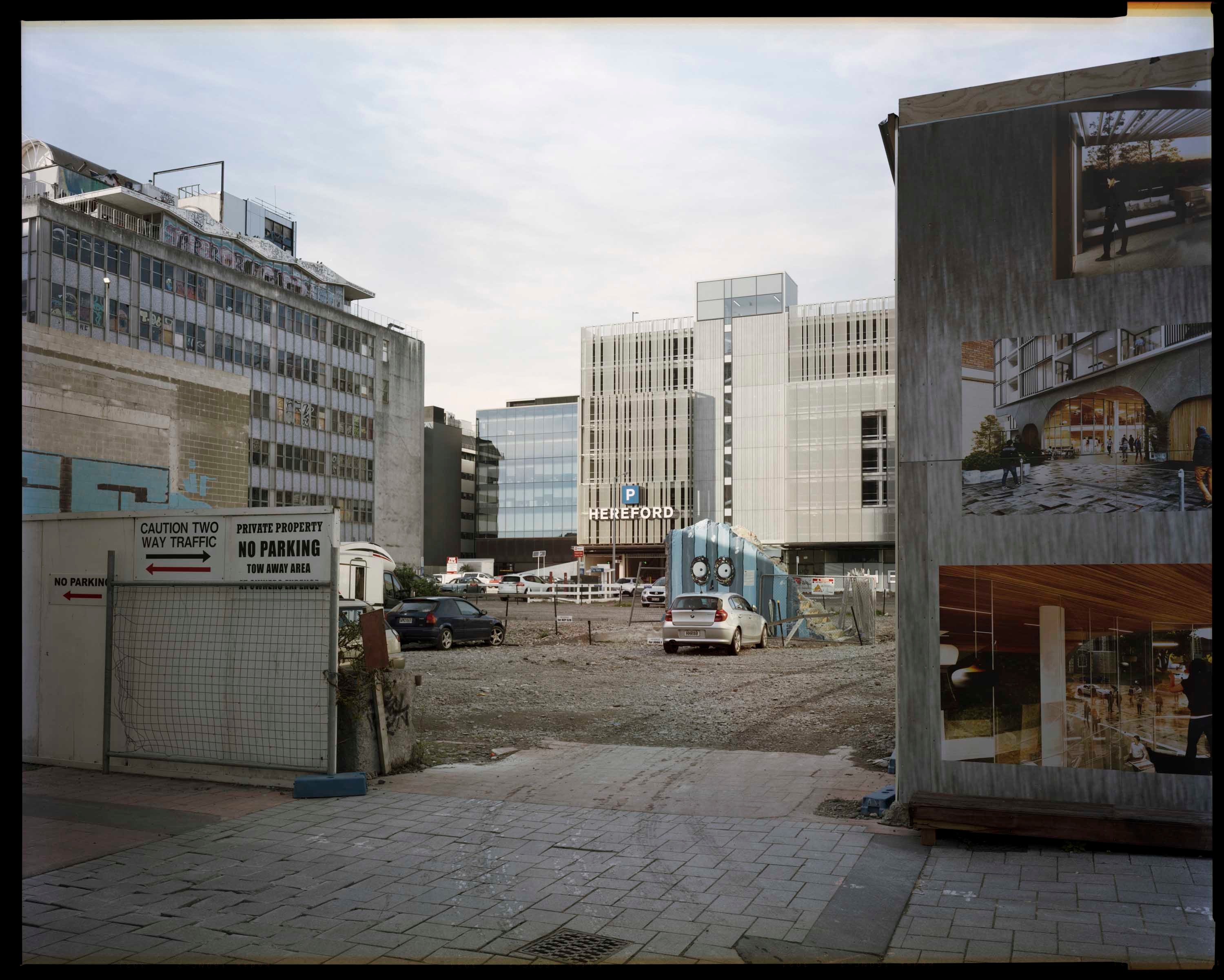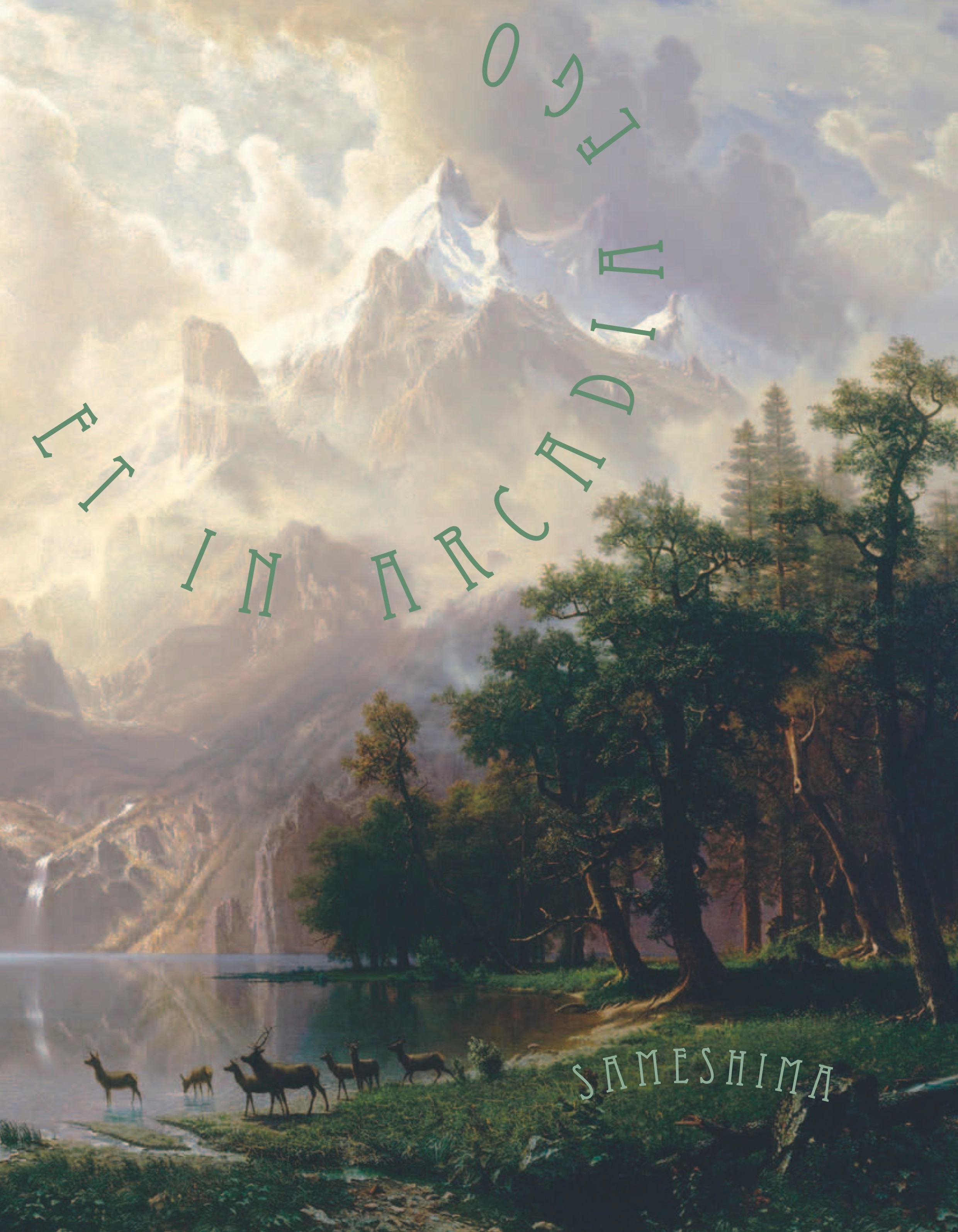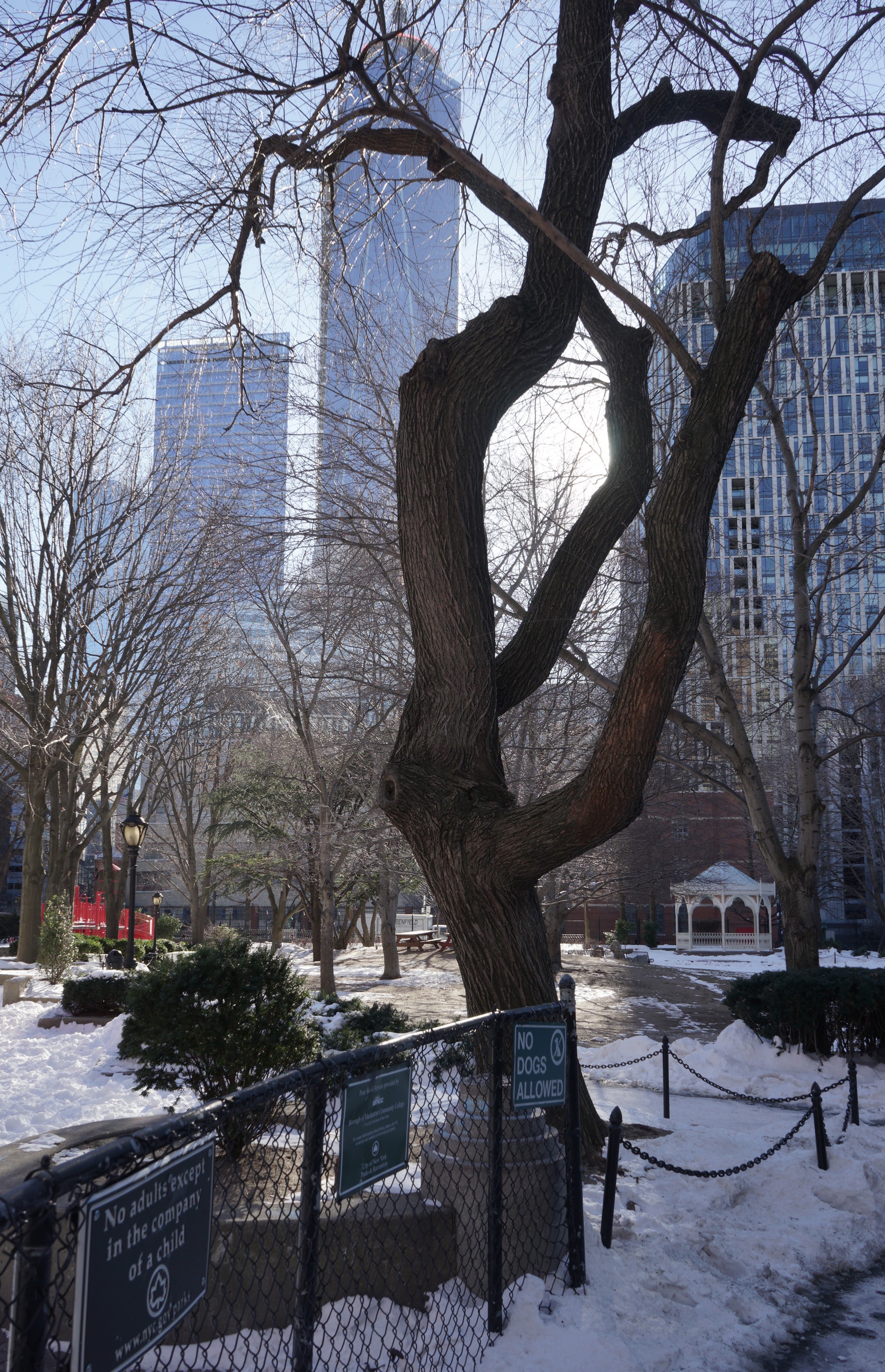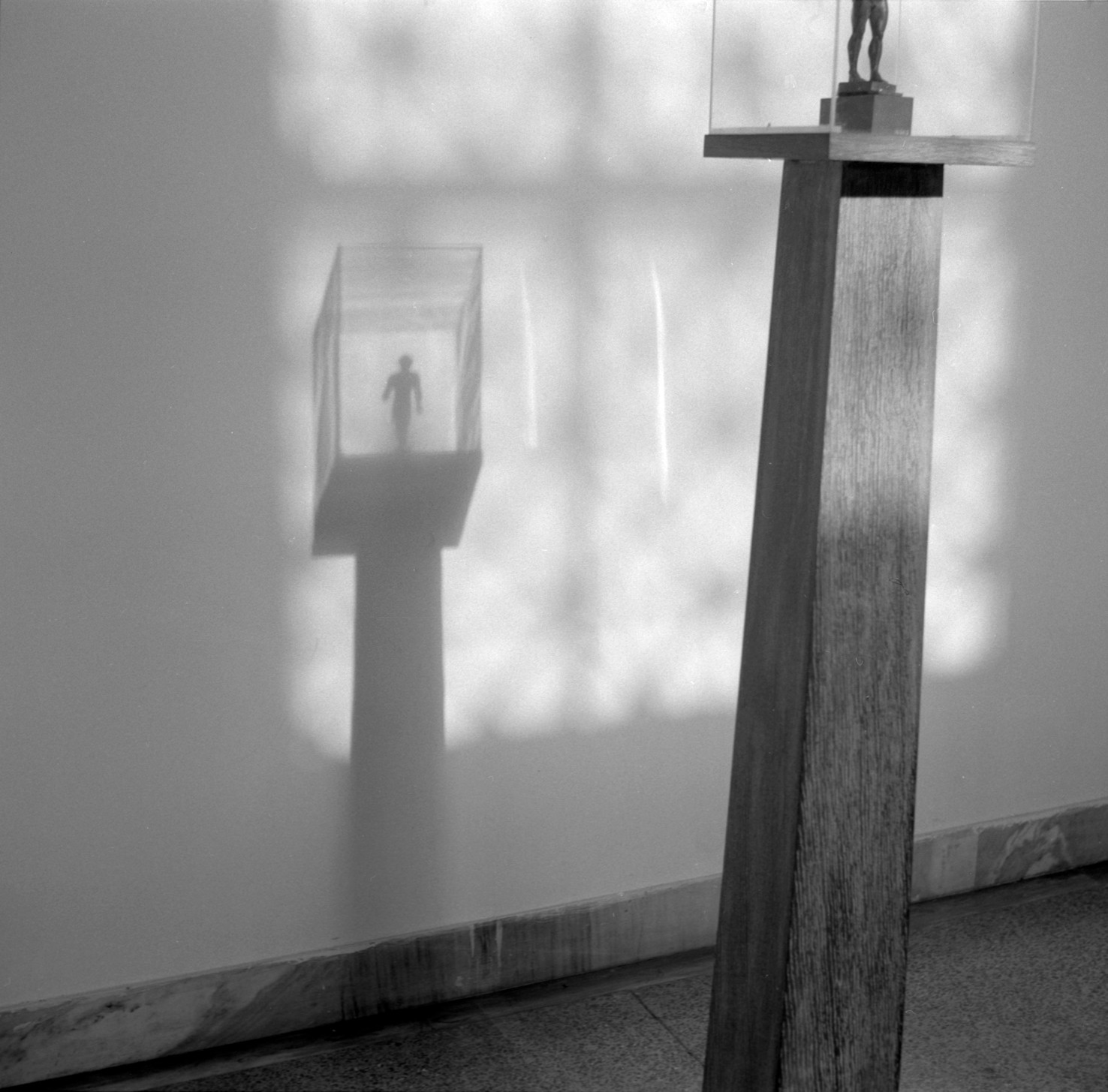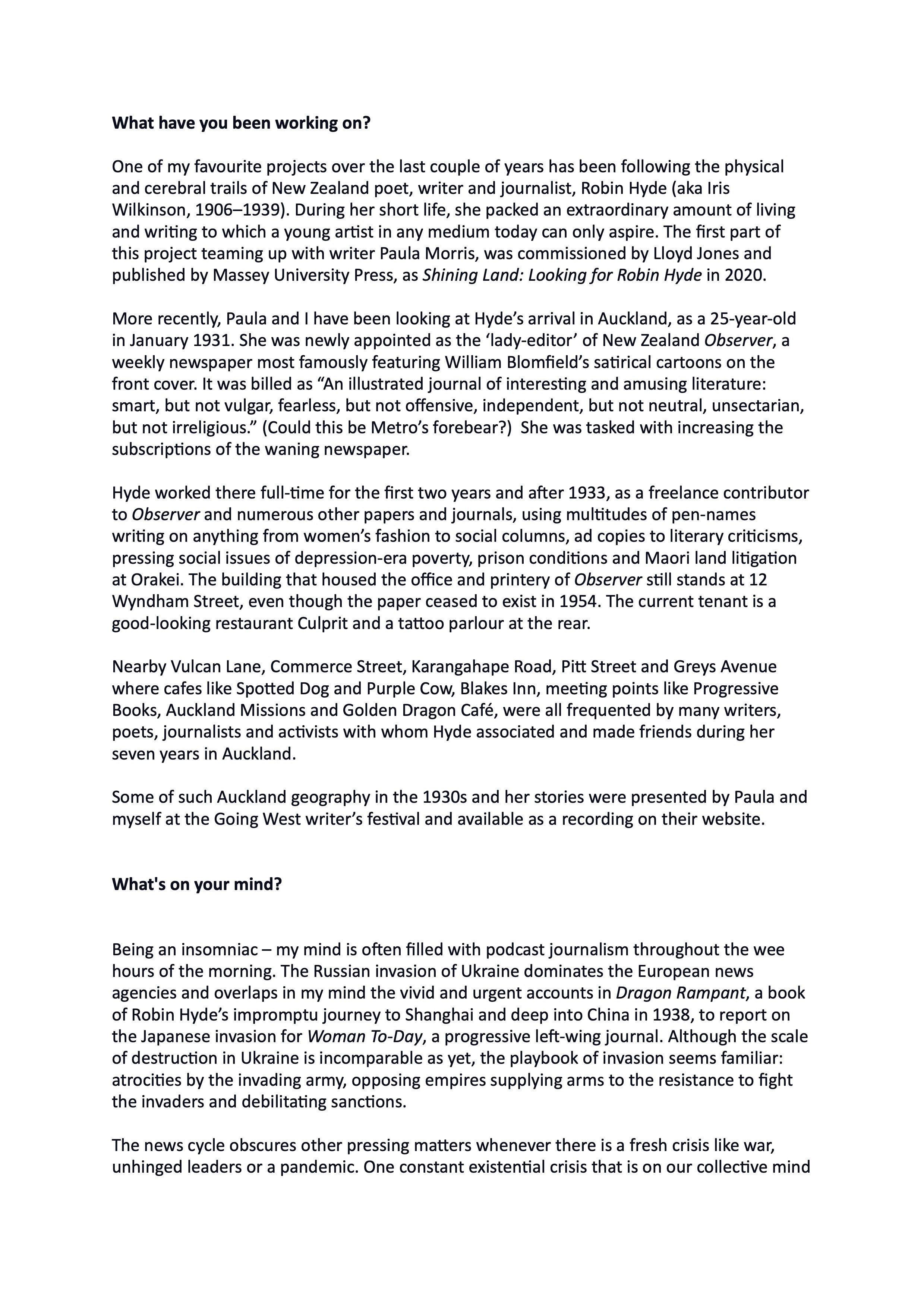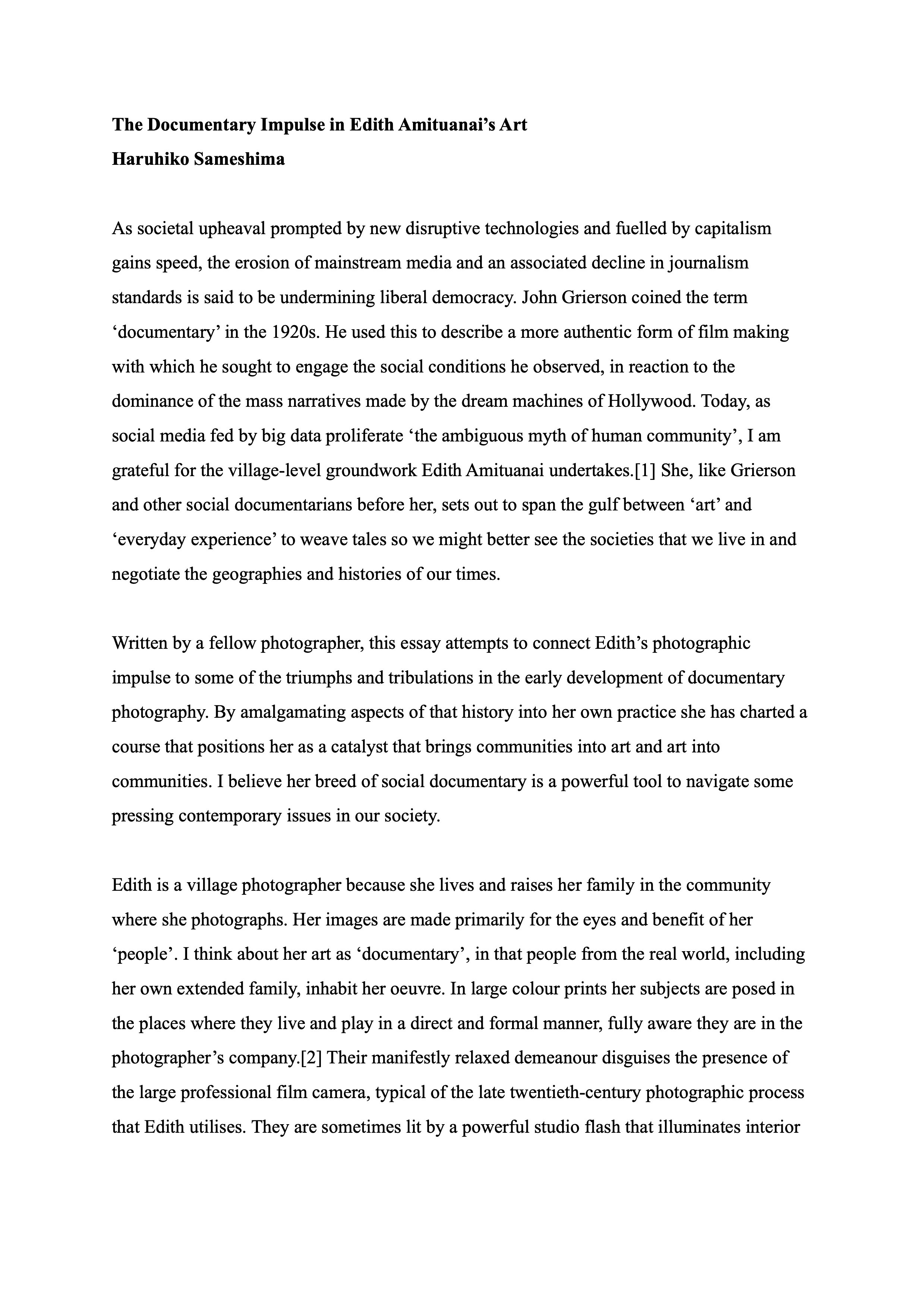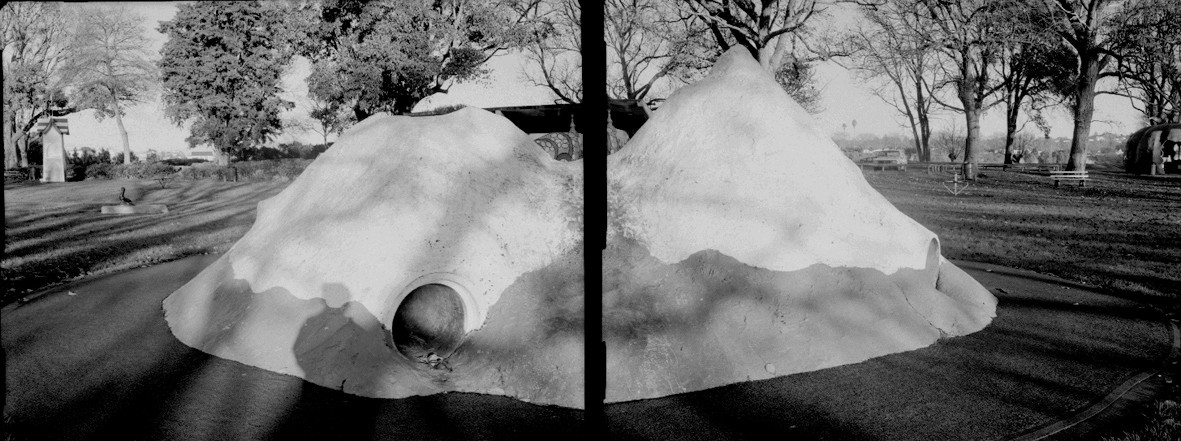INFO
| Name | Haruhiko Sameshima (he/him) |
| Also known as | Haru Sameshima, 鮫島治彦 |
| Born | 1958 |
| Country of Birth | Japan |
| Place of Residence | Tāmaki Makaurau Auckland |
| Ethnicities | Japanese |
| Artform | Visual arts |
| Decades Active | 1980s, 1990s, 2000s, 2010s, 2020s |
ABOUT
Haruhiko ‘Haru’ Sameshima is a photographic artist and publisher. He is one of New Zealand’s preeminent practitioners of large-format photography. Sameshima’s images often investigate histories of New Zealand landscape photography, making reference to iconic locations and the touristic economies they represent.
Although often depicting external scenes on a grand scale where the quotidian relates to the natural environment, the subjects of his photographs vary. Ranging from sweeping vistas foregrounded by empty parking lots to museum displays of taxidermy birds to suburban topiaries to shopping mall interiors and outdoor advertising, all subjects are ‘fair game’. Sameshima describes his images functioning ‘as individual elements in a kind of image library’, which he likens to the collecting impulse of Walter Benjamin’s always unfinished opus, the Arcades Project.
Born in Shizuoka, Japan, Sameshima moved to Aotearoa as a 14-year-old in 1973, initially arriving with his father, who returned to bring over his mother and three younger siblings four months later. Sameshima’s artistic practice spans over four decades, and recurring themes trace back to his earliest experiences of Aotearoa through images — photographs, scenic publications and picture postcards brought back by his father of their soon-to-be new home. In 2009 Sameshima published Bold Centuries: A Photographic History Album. In the book's preface, Sameshima clearly articulates his intentions: “I am interested in photographing places where culture is presented to people, and creating some kind of record of how this transaction takes place.”
In his ongoing project eco-Tourism, which he began during his MFA at Elam School of Fine Arts in 1994, Sameshima's focus is on four sites of culture: high cultural institutions, consumer institutions, tourist sites, the landscape and the environment. The Kauri Project website expands on this:
[...] this body of work maps out cultural display strategies found in New Zealand, and explores larger questions around photography as a discipline – its documentation of, and participation in, spectacle. I photographed landscapes using an aesthetic approach that referenced photographs in nearby museum and gallery collections. In this sense eco-Tourism is a dual project: about relationships between attractions and money (the tourism industry), and about the history of photography and the way our country has been imaged over two centuries.
As well as a prolific history of exhibiting his photographs, he has been a teacher at various tertiary art institutions. He runs Rim Books, an independent art book publisher, and initiated the collaborative Studio La Gonda on Karangahape Road alongside Mark Adams, who also works with large-format photography. He has collaborated with many artists and writers as a photographer, writer and publisher on numerous artist publications, including those of Paula Morris, Edith Amituanai and Jane Dodd.
LINKS
Review of Selective Exposure (2015) on Eyecontact
Review of Bold Centuries (2009) by Andy Palmer
Pictures on Paper documentary about photobooks in Aotearoa directed by Becky Nunes and Anita Tótha
Haruhiko Sameshima Te Papa collection items overview
Haru Sameshima Auckland Art Gallery Toi o Tāmaki collected artworks
re-Build for Place in Time: The Christchurch Documentary Project
Key works / presentations
Books
2020 — Shining Land: Looking for Robin Hyde with Paula Morris, Massey University
2020 — . . . . . and then there were none with Harvey Benge, Jon Carapiet, Stu Sontier and Lloyd Jones, Rim Books
2015 — Et in Arcadia ego, limited edition photobook, self-published for the exhibition Open Book
2015 — Selective Exposure, published for exhibition organised by Rim Books at Photospace Gallery
2013 — ‘MoMento’ Issue 13, Motu Manawa, Whau River, Rosebank Road, PhotoForum
2012 —Thinking it through, with Tony Watkins. Karaka Bay Press and Rim Books
2009 — Bold Centuries: a Photographic History Album, Rim Books and PhotoForum, Tāmaki Makaurau
1996 — ‘The Shopping Mall as a Place of Contemplation – a photo story’, in New Zealand By the Way, Immigrant Photographers & Photographs of Immigrants, Agfa, Jenner Zimmerman
Exhibitions
2023 — Tamatea, Dusky Sound 1995, Two Rooms, Tāmaki Makaurau, group exhibition
2023 — Peaks & Troughs, Jonathan Smart Gallery, Ōtautahi, group exhibition
2019 — Neighbours, Anna Miles Gallery, Tāmaki Makaurau, group exhibition
2018 — Things Seen and Heard, Te Papa, Pōneke, group exhibition, curated by Emma Ng
2014 — A Nostalgia for Modernity, Engine Room, Massey University, Pōneke
2011 — Vexing Objects, McNamara Gallery Photography, Whanganui
2005 — Twin Peaks, McNamara Gallery Photography, Whanganui
2004 — Wish Images, Show Gallery, Pōneke
1998 — Wet Dreams, Anna Bibby Gallery, Tāmaki Makaurau
1995 — Souvenir, Claybrook Gallery, Tāmaki Makaurau
1993 — No Frills, Claybrook Gallery, Tāmaki Makaurau
1991 — Aesthetic Science, Lazelle Gallery, Tāmaki Makaurau
